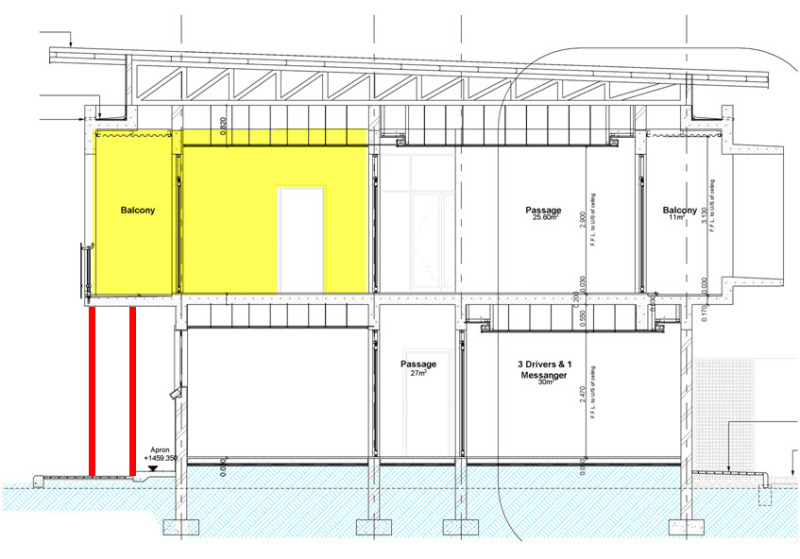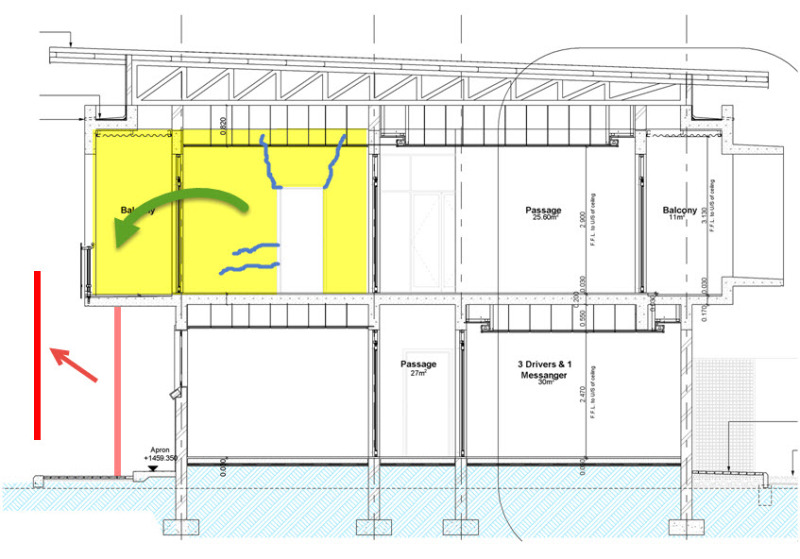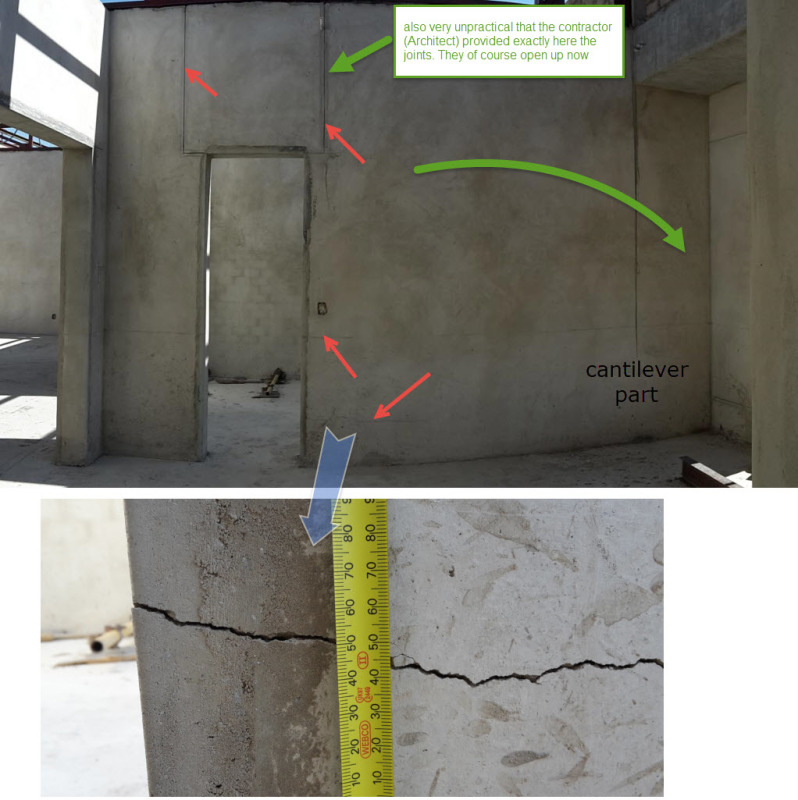lolobau
Civil/Environmental
- Dec 10, 2012
- 115
Hi, I have some problem because the contractor was building brick walls on propped structure.
Now what happens after they "de-propped" the slabs, the bricks started to crack here and there.
How can I prove to the contractor that this was wrong? Obviously he is now arguing that why was he not supposed to build the brick walls on propped structure.
Where can I get some written proof that this is not allowed? Do the building regulates and codes mention it?
Now what happens after they "de-propped" the slabs, the bricks started to crack here and there.
How can I prove to the contractor that this was wrong? Obviously he is now arguing that why was he not supposed to build the brick walls on propped structure.
Where can I get some written proof that this is not allowed? Do the building regulates and codes mention it?



